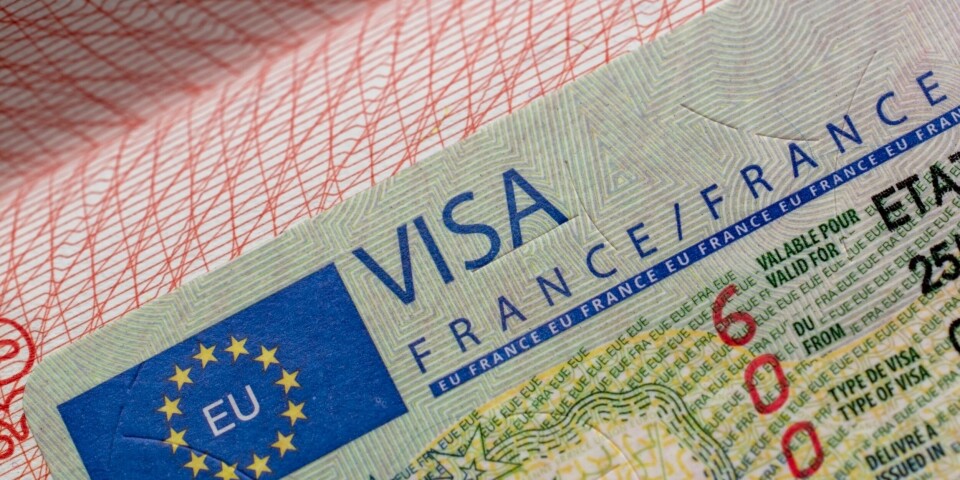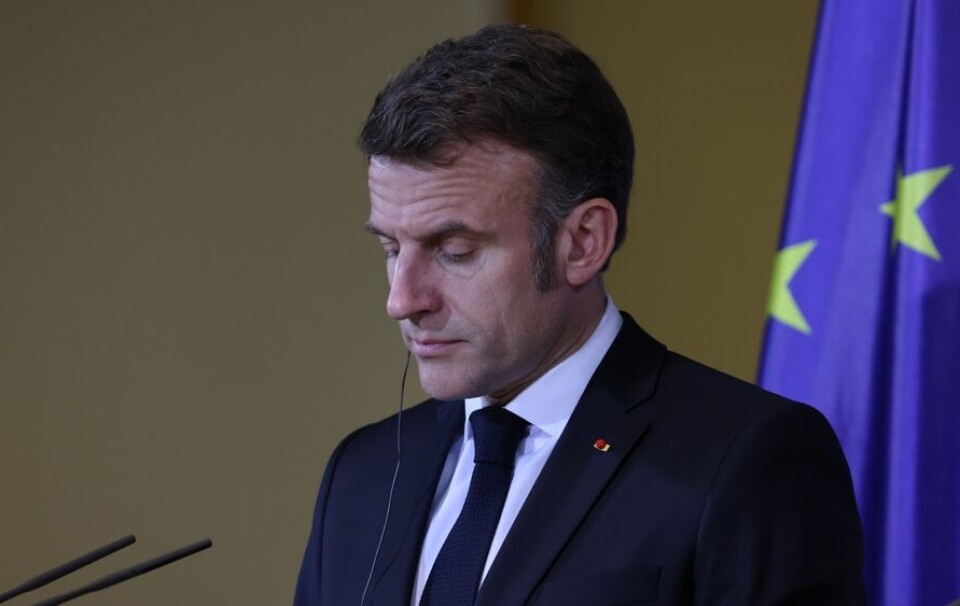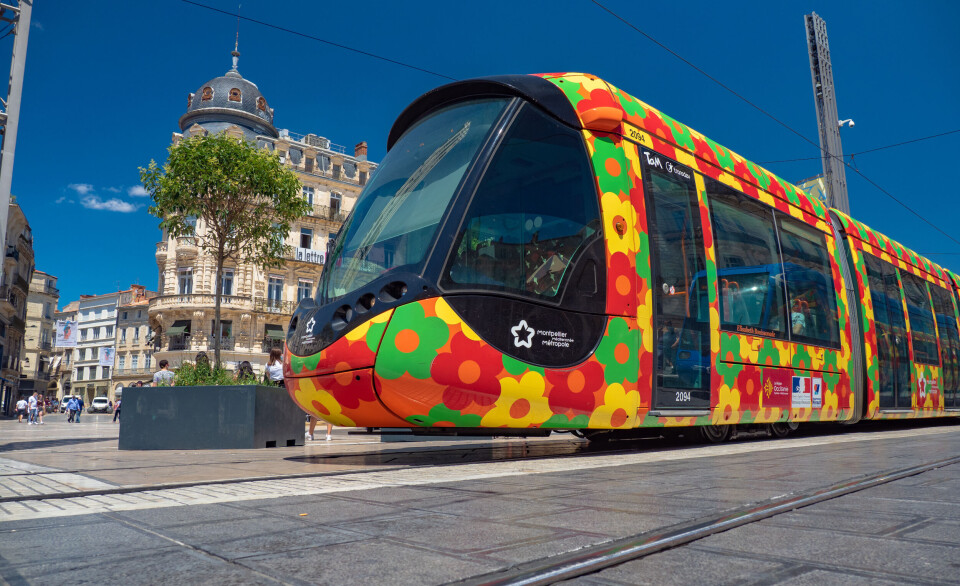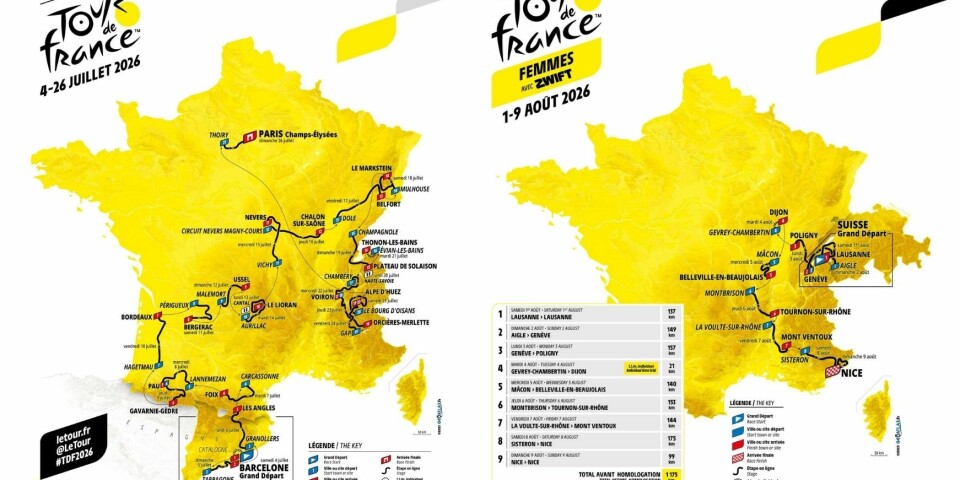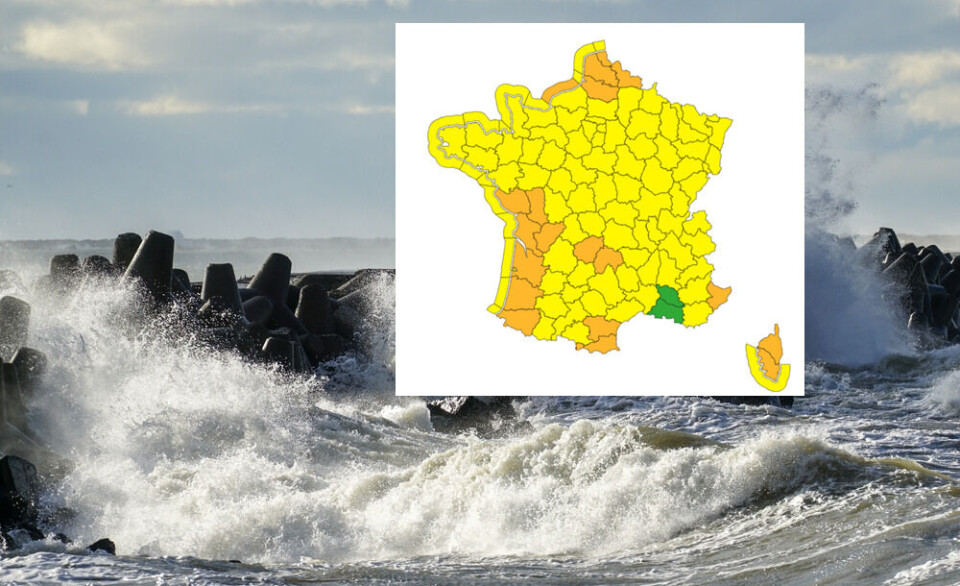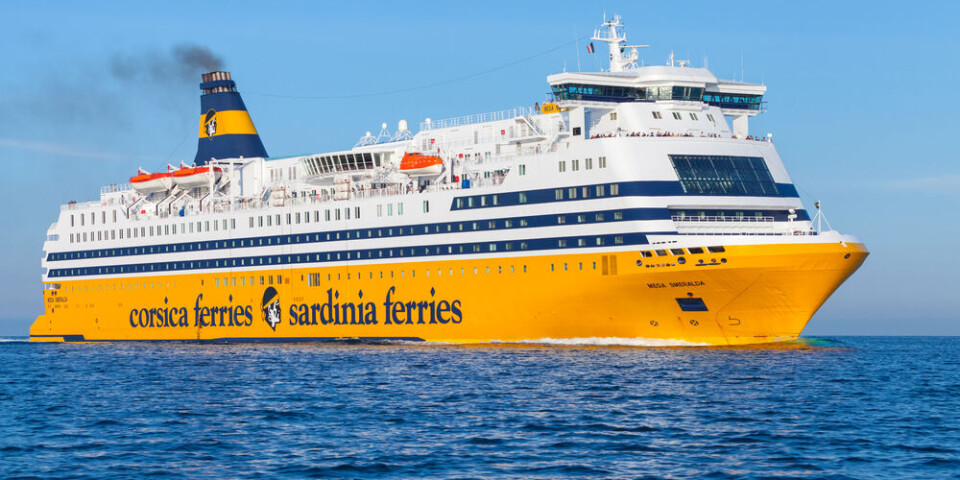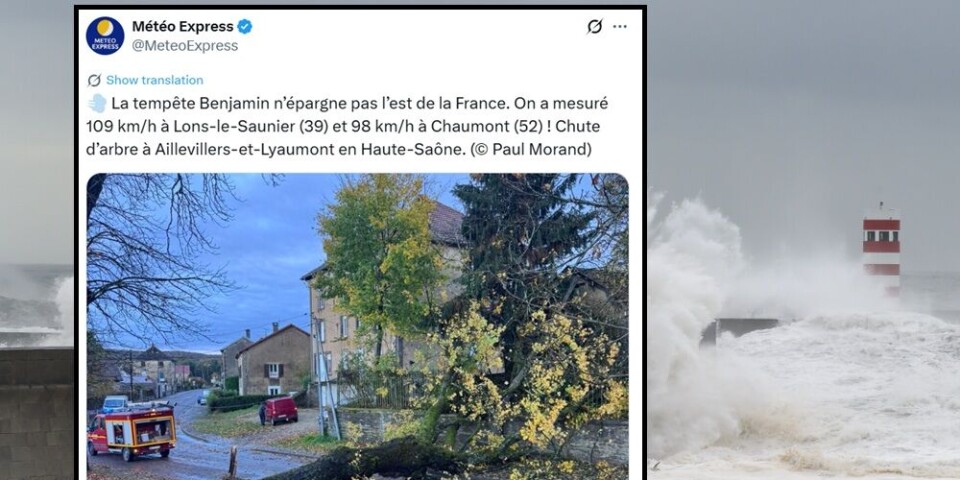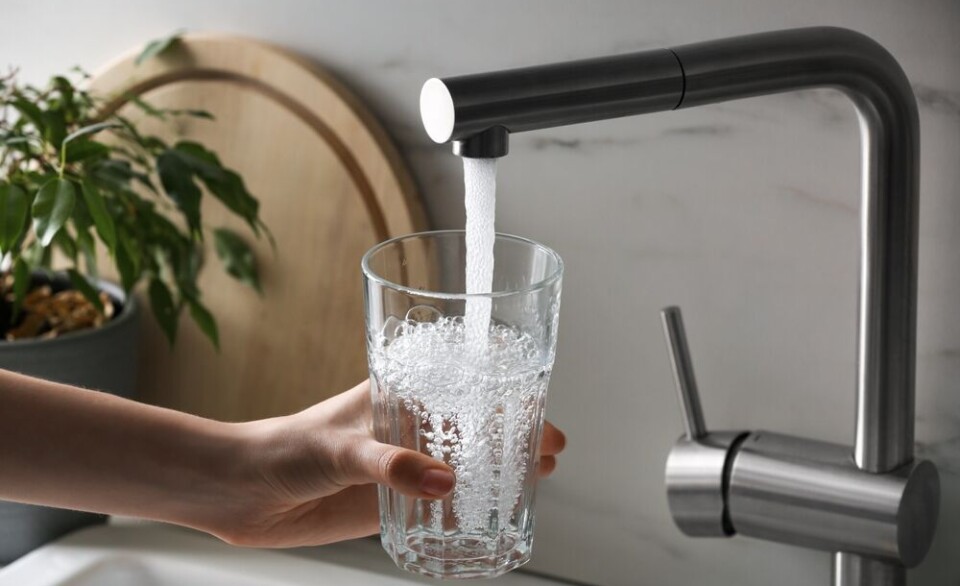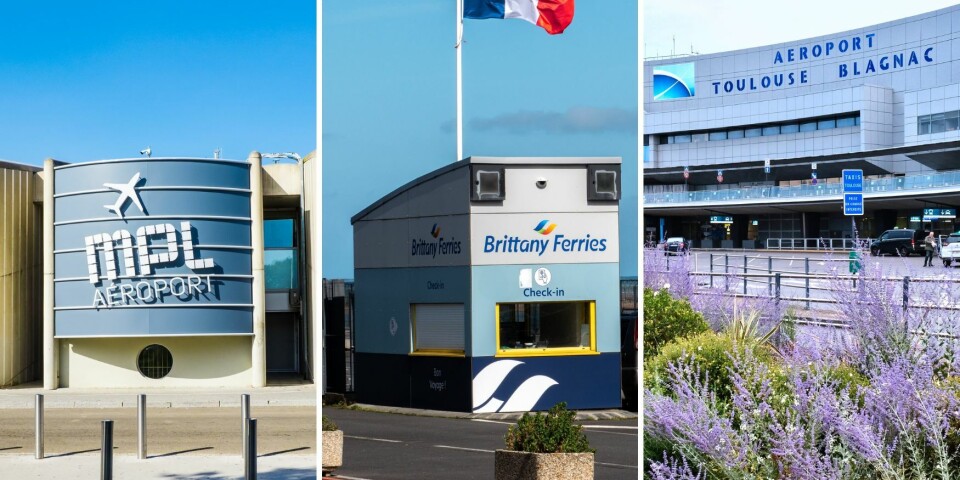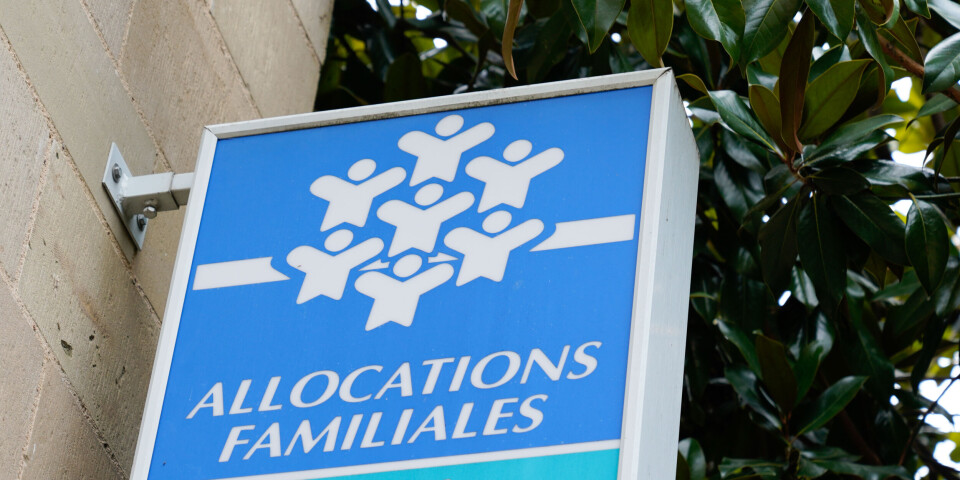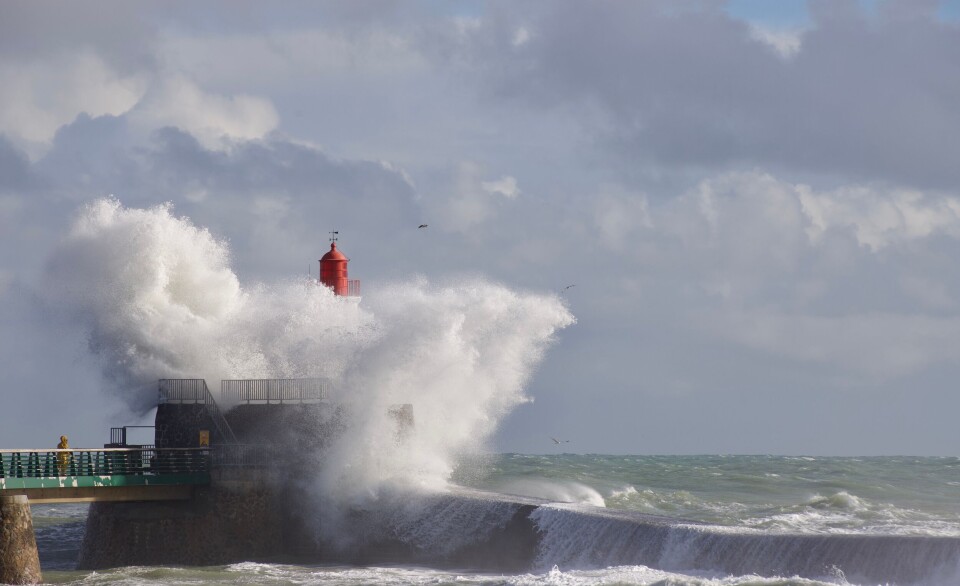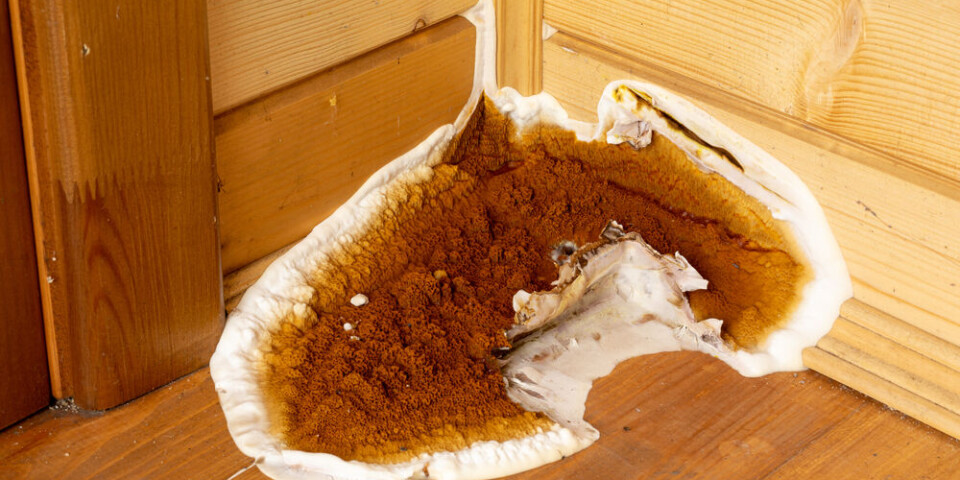-
French cities to host Americans’ ‘No Kings 2’ rallies as part of global pro-democracy day
Organisers hope that people dissatisfied with the policies of President Trump will join international protest
-
Americans flock to renew passports in Bordeaux
In-person appointments are usually exclusively available in Paris, Marseille and Strasbourg
-
Heritage Days in France: ideas for visits this weekend plus photos
Over 2,000 sites are set to welcome visitors for free on September 20 and 21
Maritime magic and Da Vinci’s genius
Hurry to enjoy a unique double-header of seafaring and invention at a Bordeaux museum

This month is the last chance to see the Da Vinci exhibition Les Inventions d’un Génie (The Inventions of a Genius) at the Musée Mer Marine in Bordeaux. Leonardo Da Vinci (1452-1519) was not only a painter and sculptor but also left 6,000 pages of notes and sketches of hundreds of inventions including a submarine, a tank, a canon, a bicycle, a paddle boat, a helicopter, a plane, a crane, and a pivoting bridge.
On show are 120 models constructed from Da Vinci’s notebooks by engineer Vincent Damseaux and art historian Jean-Christophe Hubert to mark the 500th anniversary of his death, last year.
The exhibition is grouped into themes (war, strategic systems, arms, military engines, mechanics, leverage and construction systems and objects intended to measure things – including the number of footsteps taken in a day) and also includes a display illustrating the eight main stages used by Da Vinci when producing his paintings.
As a passionate observer of nature, and a man fascinated by flight, Da Vinci designed a whole range of flying machines, many with actual moving wings like a bird’s. He was not the first person to dream of flying, by a long chalk, but he was the first to conduct scientific experiments into flight, and the first to come up with the idea of a helicopter, a model of which is in the exhibition.
Created by property developer Norbert Fradin, the massive modernist concrete building which houses the Musée Mer Marine is close to the Cité du Vin and stands 45 metres tall. It provides 13,000m2 of display space and was constructed from scratch in the ‘Bassins à Flot’ quarter, famous for its massive 19th century docks which were in operation from 1870 right up until 1982 when the port was transferred to the right bank of the Garonne river.
For the last two decades an extensive programme has seen much of the area regenerated with mixed new housing, amenities, services, and sporting and leisure facilities.
“The museum is about the history of maritime exploration right from pre-history to the present day,” says Norbert Fradin. “We trace all the major discoveries, battles and maritime culture in general. Bordeaux wouldn’t have existed without water... Bordeaux is called “au bord de l’eau” (beside the water) after all!”
A unique aspect of the privately-owned museum is that it attempts to place maritime history in its cultural context by using contemporary art from each era. So the displays about navigation in the Middle Ages are accompanied by contemporary art from that era.
“It isn’t necessarily art featuring seascapes or ships, it’s art putting into context the role of maritime exploration at that time. We chose art rather than music or fashion or cooking because art represents the general culture of an era in a visual way.”
The permanent displays are set out by theme as well as chronology. “We have a whole section dedicated to the exploration of the oceans, the flora and fauna in them, the species which have died out and the new species we are only just discovering now. We also look at how the oceans were created in the first place, and how they are being damaged now by over-fishing and pollution. It’s vital knowledge, after all the oceans were the cradle of life, we all come from the oceans in the end.” All in all, there are more than 10,000 items on display, along with 220 maps, and 870 books.
Some of the most popular exhibits are the massive replicas of ships including Lord Nelson’s flagship at the Battle of Trafalgar, the Victory. But the temporary Da Vinci exhibition is currently the big attraction (ends March 8).
Stay informed:
Sign up to our free weekly e-newsletter
Subscribe to access all our online articles and receive our printed monthly newspaper The Connexion at your home. News analysis, features and practical help for English-speakers in France




